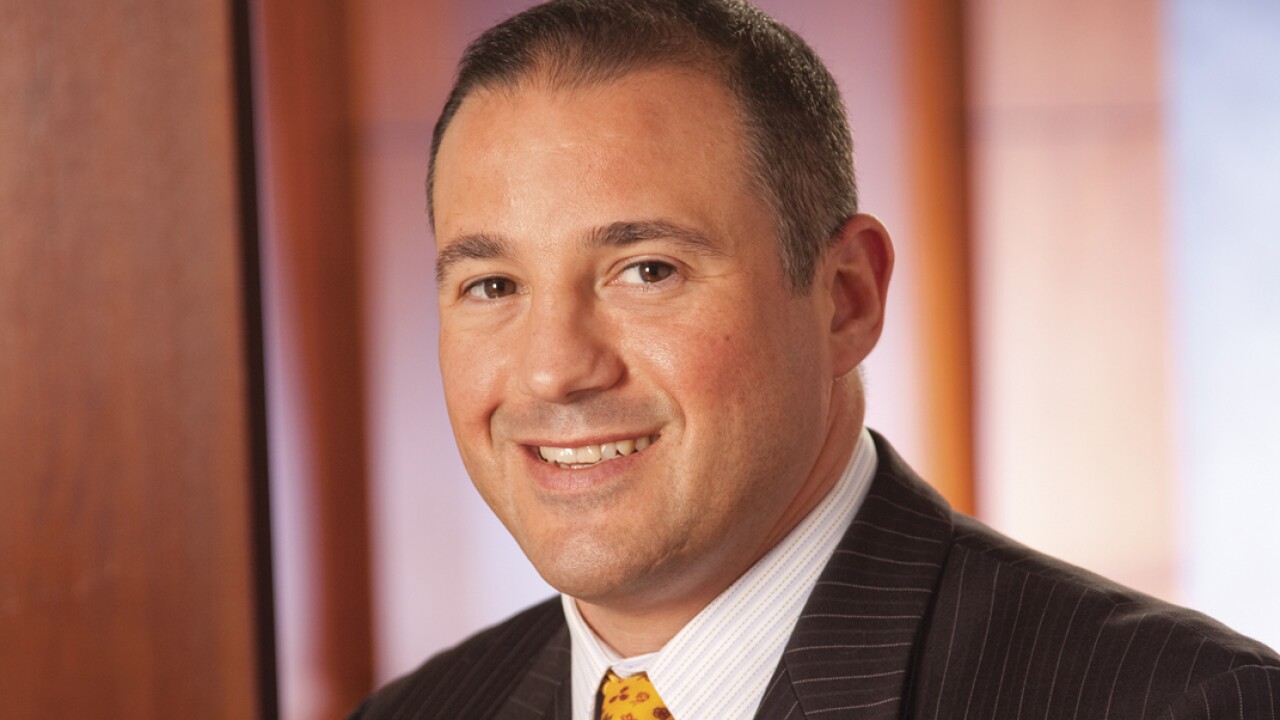-
Consumers should be aware that the FDIC does not protect their money if a fintech goes belly up.
August 5 LevelField Financial
LevelField Financial -
The San Francisco fintech collected $1.6 billion in deposits during the second quarter after buying a small bank earlier this year. Though SoFi pays relatively high rates to its depositors, CEO Anthony Noto said the company's funding costs are far lower than they were before the bank acquisition.
August 3 -
The last time inflation burned hot, consumers could put money in the bank and watch it grow like the prices on store shelves, easing much of the pain. Not this time — and that’s stoking profits for U.S. lenders.
August 1 -
The San Antonio-based bank reported 17% deposit growth during the second quarter. CEO Phil Green was critical of competitors that resist paying more to depositors, saying: “We don’t think that’s a credible position.”
July 29 -
The Salt Lake City company benefited during the second quarter from the Federal Reserve’s rate increases, partially offsetting higher expenses and falling noninterest income.
July 27 -
The Federal Reserve’s aggressive tightening is putting some pricing pressure on digital banks that rely on high-yield savings accounts. But the increases are not keeping pace with the central bank’s rate hikes, and the caution may continue in the face of economic uncertainty.
July 27 -
The company says it’s making progress on other parts of its business-model revamp — including a shift to lower-cost deposit sources — while regulators weigh its application to buy Flagstar Bancorp in Troy, Michigan.
July 27 -
Indiana-based Old National Bancorp says it has invested $1 billion in floors, collars and other credit hedges in case of a sudden shift in interest rate policy.
July 26 -
The Cincinnati bank plans to lean into its retail expansion in the southeastern U.S. after its deposits fell by $6 billion from the first quarter.
July 21 -
Executives said Wednesday that more than half of the deposits that left the Chicago trust bank were “nonoperational” in nature, or excess funds that institutional investors are moving elsewhere for higher returns. The outflow wasn’t unexpected as interest rates rise.
July 20








